E-Bike torque
Torque is force multiplied by length. For e-bikes, it means the force applied by the crank arm times its length. Torque is the measurement of the ability of the motor to spin the rear wheel of the e-bike and is a way of determining the rotational power of the motor. E-bike torque changes when the e-bike motor is turned on.
For example, if you weigh 200 pounds and stand up on your bike pedal, which is typically 7 inches long, you would have a torque of 1400 Inch Pounds or 158 Newton-meters!
What does e-bike torque allow it to do?
E-bike torque allows e-bikes to accelerate and provide assistance when climbing up hills. Higher torque generates more force and makes it easier for the e-bike to accelerate from a standstill to full speed in less time.
Torque prevents the e-bike motor from stalling and coming to a halt and allows the rider to pedal less. Although not recommended, increased torque also help e-bikes overloaded in weight to move.
How much torque do e-bikes have?
On average, lower-powered e-bikes usually have torque of around 50 Newton-meters whereas higher powered ones typically have 80 Newton-meters or more going up to 120 Newton-meters. For climbing steep hills, a torque of 70 Newton-meters or more is recommended.
The relationship between e-bike torque and speed
E-bike torque measures rotational force, whereas speed measures distance travelled over time. An e-bike with higher torque will accelerate and reach higher speeds in less time. For higher speeds, the torque reduces, so torque and speed are inversely proportional.
Can you increase e-bike torque?
E-bike torque can be increased by switching to a higher voltage battery. These are in the range of 36-52V. For some motors of certain wattages, increasing e-bike torque is impossible. For mid-drive motors, torque can be increased by changing the gearing.
Torque and power
'Work' is force x distance. Power is work divided by the time taken i.e. force x distance/time taken. Power is calculated by multiplying the torque by the speed of rotation.
A way to understand torque and power is to think of a race car and a tractor. The motors of both can have the same power. As the race car is lighter in weight and more aerodynamic, it does not need as much torque to accelerate it. It needs to reach higher speeds, so gearing is used to drive the wheels at higher speed with lower torque.
A tractor can have the same amount of power. That power goes through lower gearing. This spins the back wheels slowly but with higher torque. The tractor won't reach high speeds, but it will pull and push much more weight.
For power in Watts, there are actually two different measures: continuous and peak. Most e-bikes have a 250 or 300 Watt motor and this is the continuous power of the motor i.e. the power that the motor can sustain on a continuous basis without overheating.
Peak power is calculated by multiplying the voltage with the amount of Amps of the motor controller. Not many brands define the number of Amps in their motor controller, but most have around 15-20 Amps. A 36 Volt e-bike with a 15 Amp controller will deliver 540 Watts (36 Volts x 15 Amps) of peak power. Peak power will make significant performance difference on steep hill climbs and a motor that has more turning force, plus more peak power will outperform a bike with lower turning force and peak power.

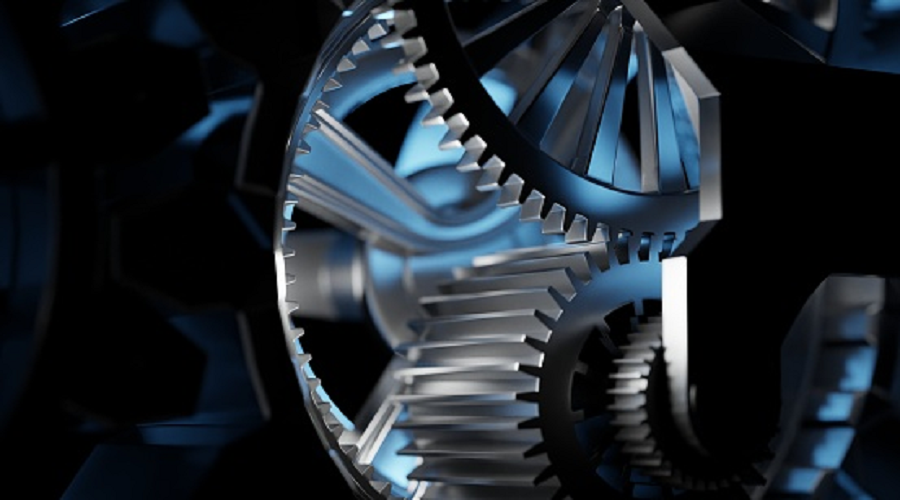
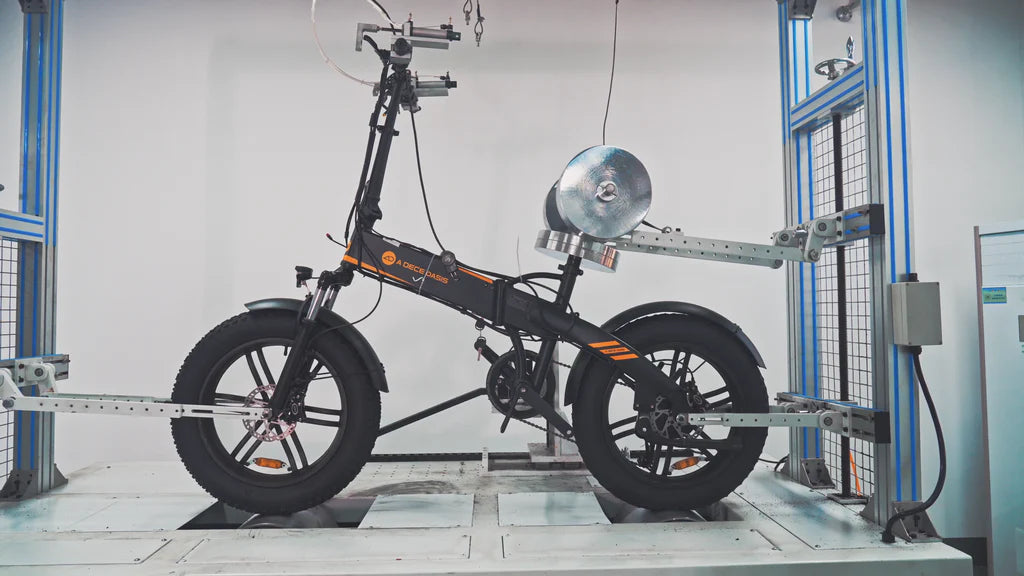
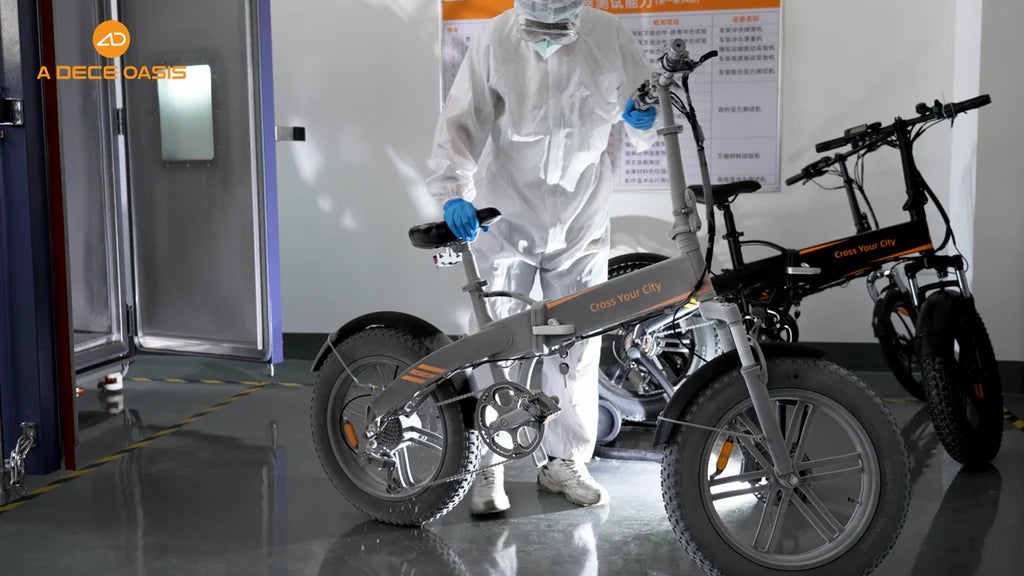
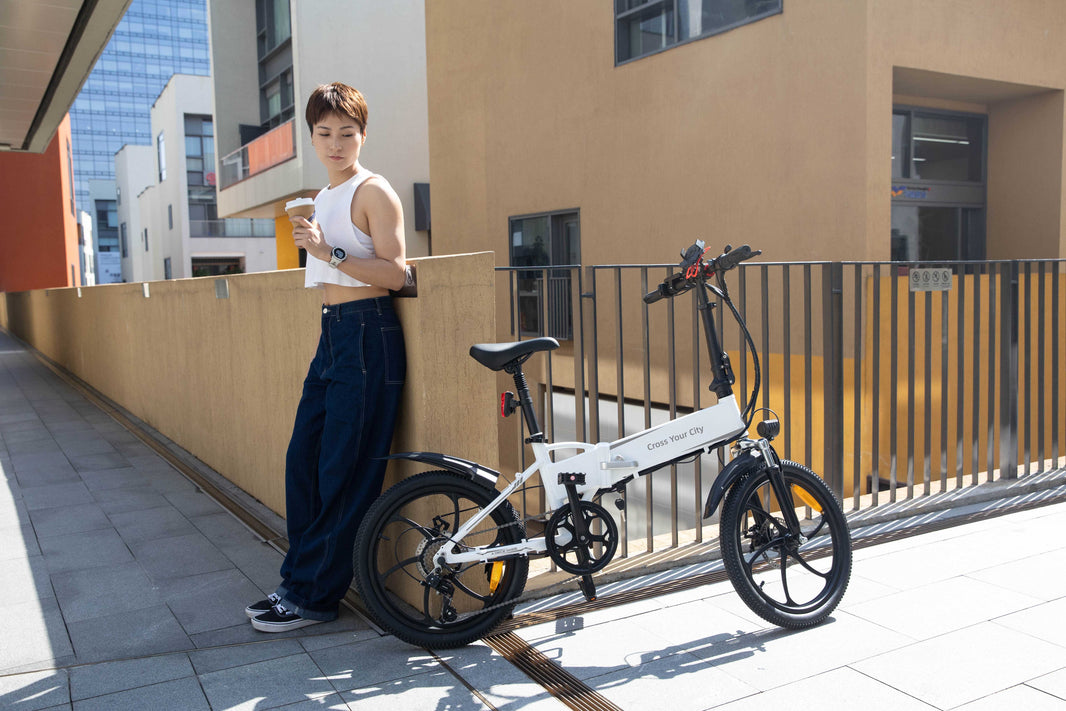
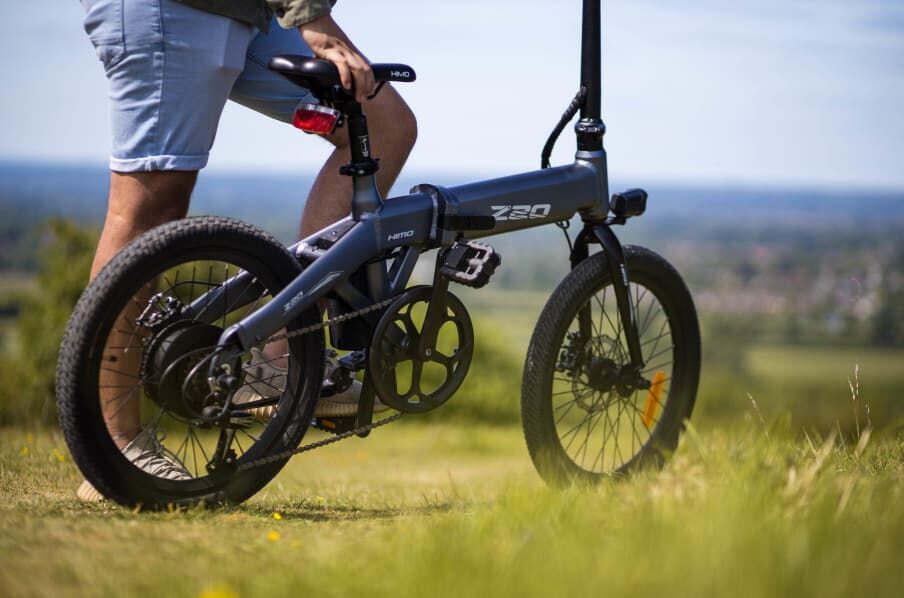
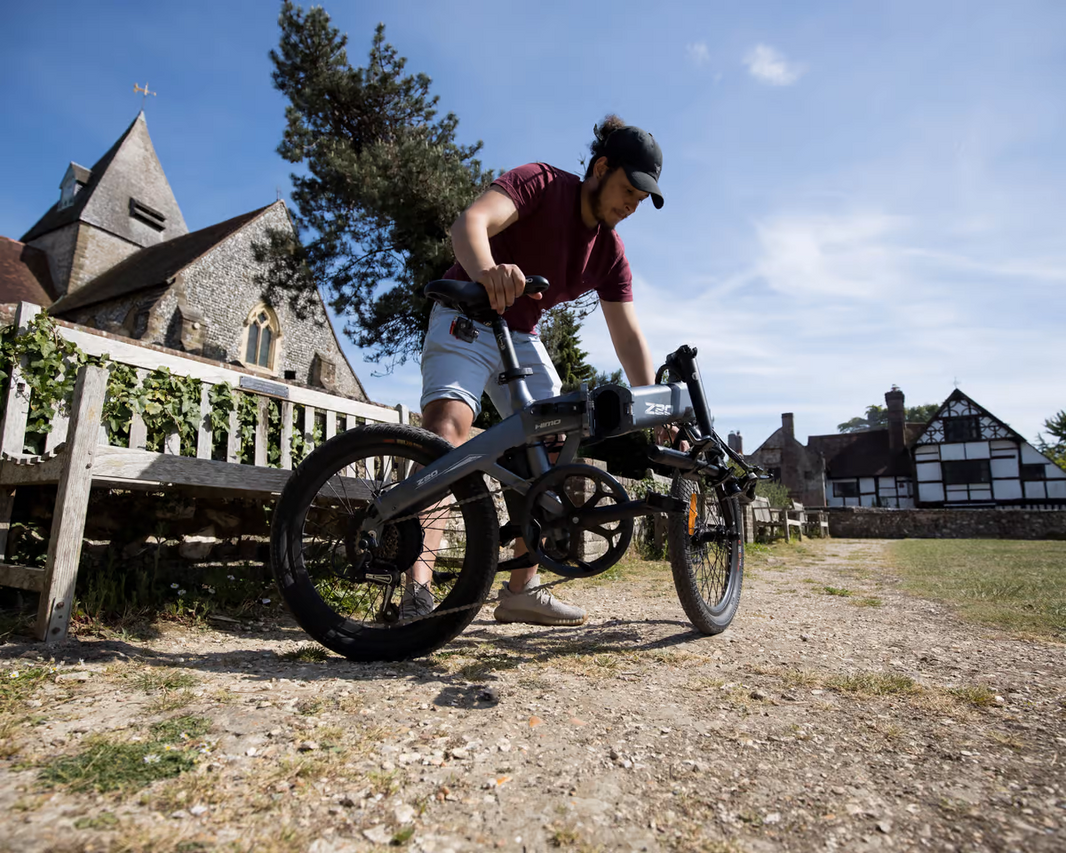
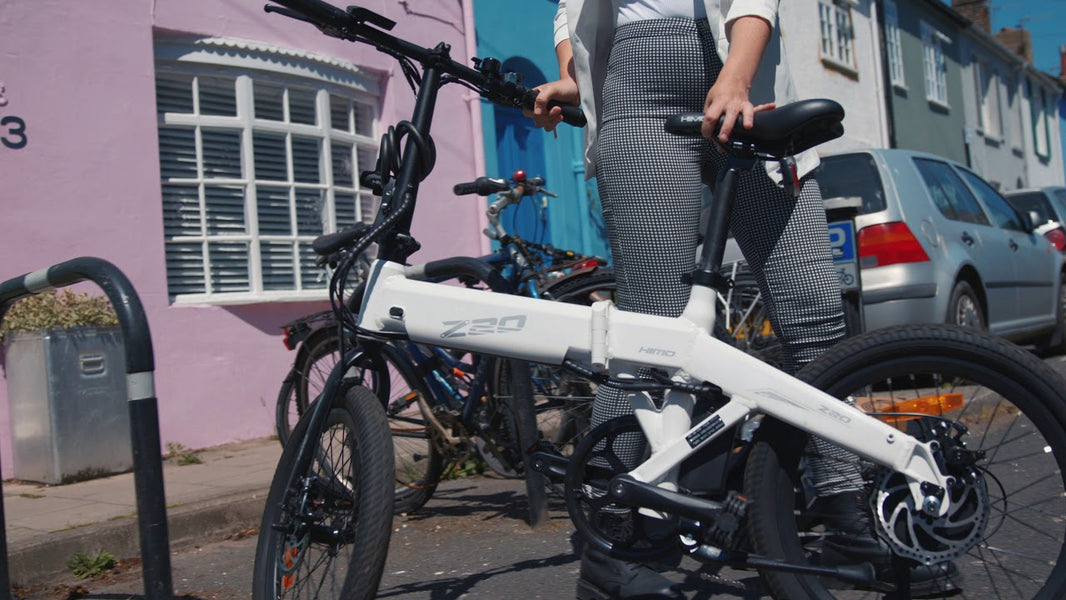
1 comment
What is the top speed of the Himo c26 before the risk of damage done, I’ve been using it at top speed of 20mls/hr and have added another battery, can I change the hub weel to a faster one, more watts power?